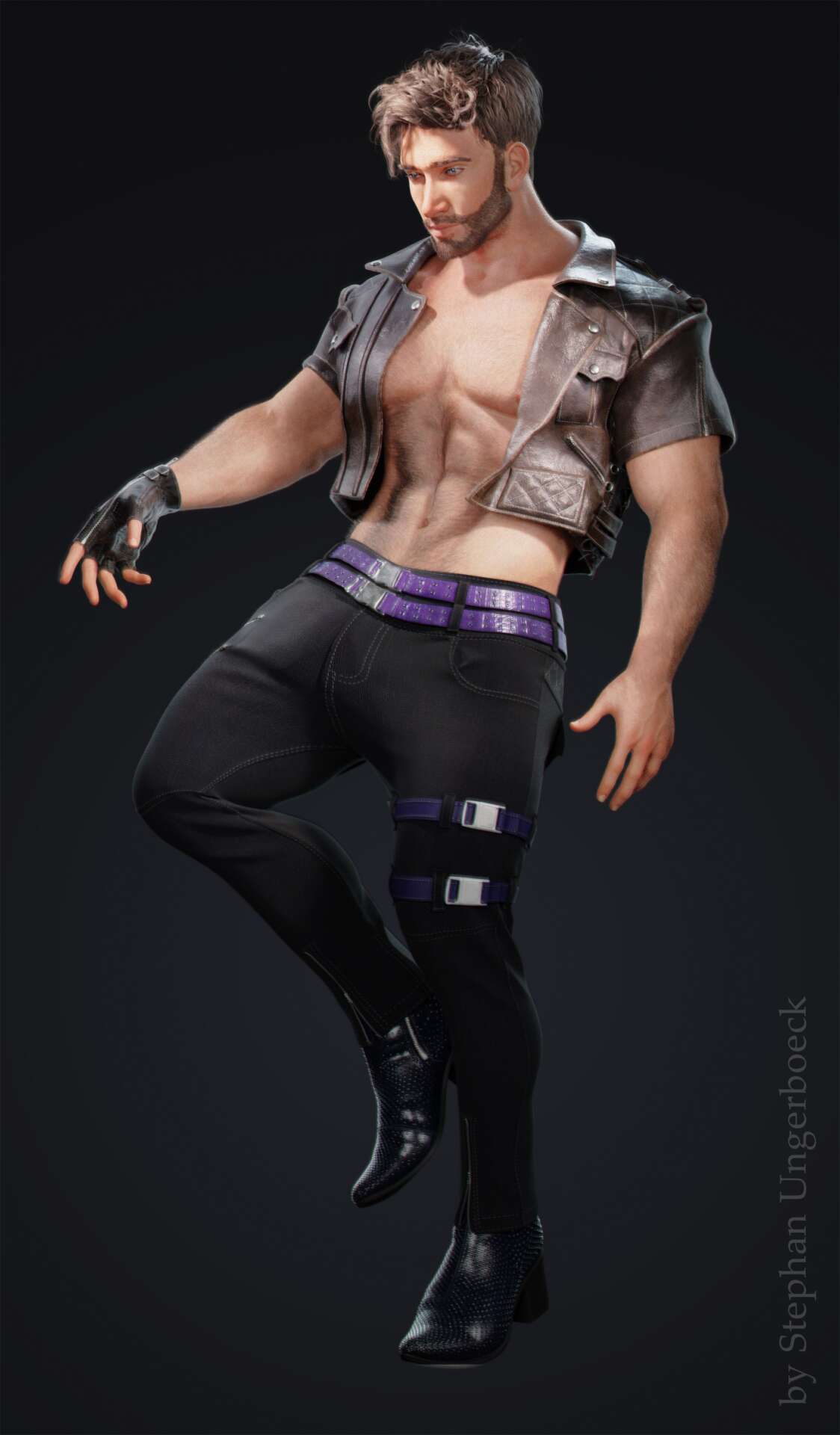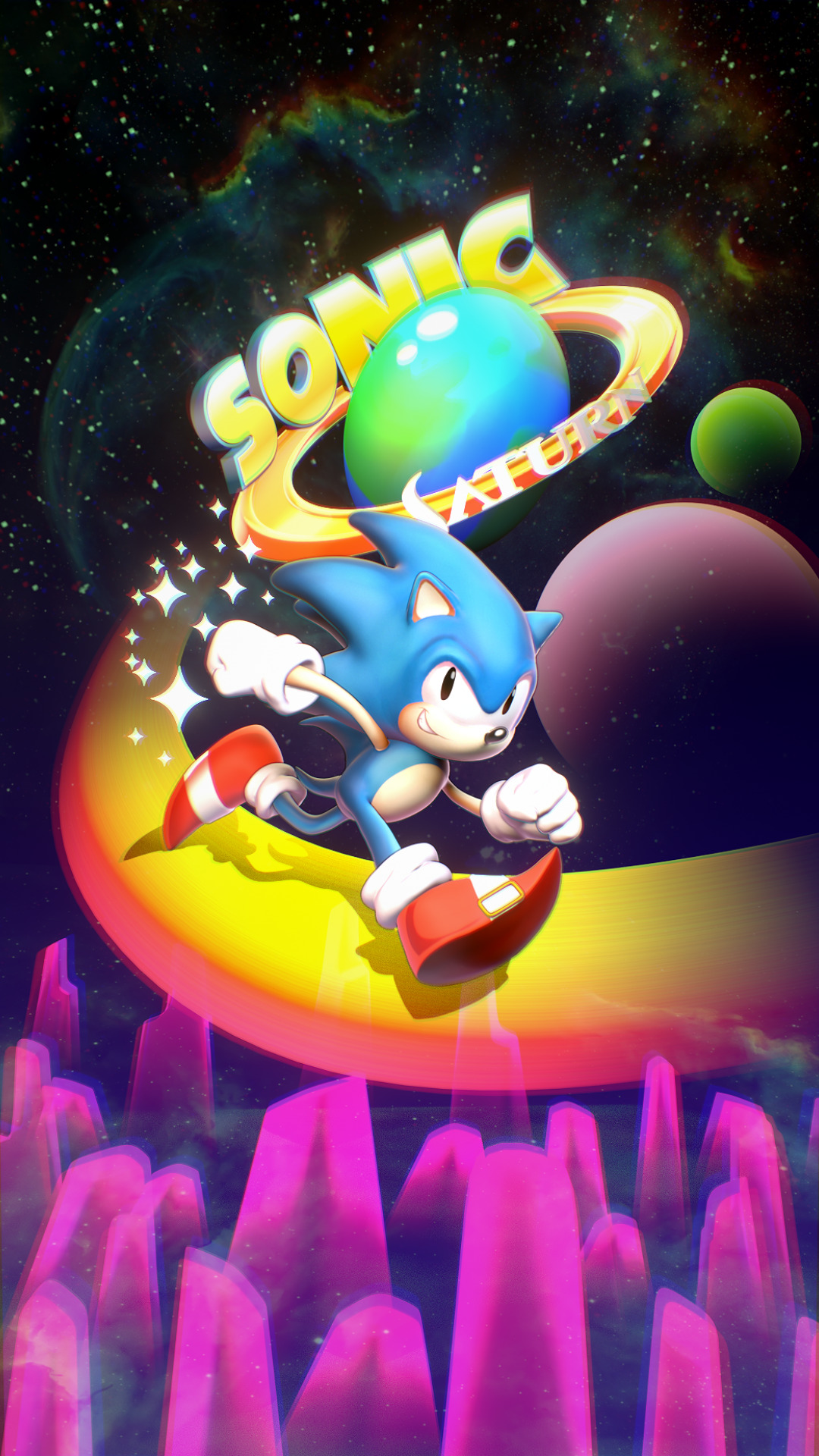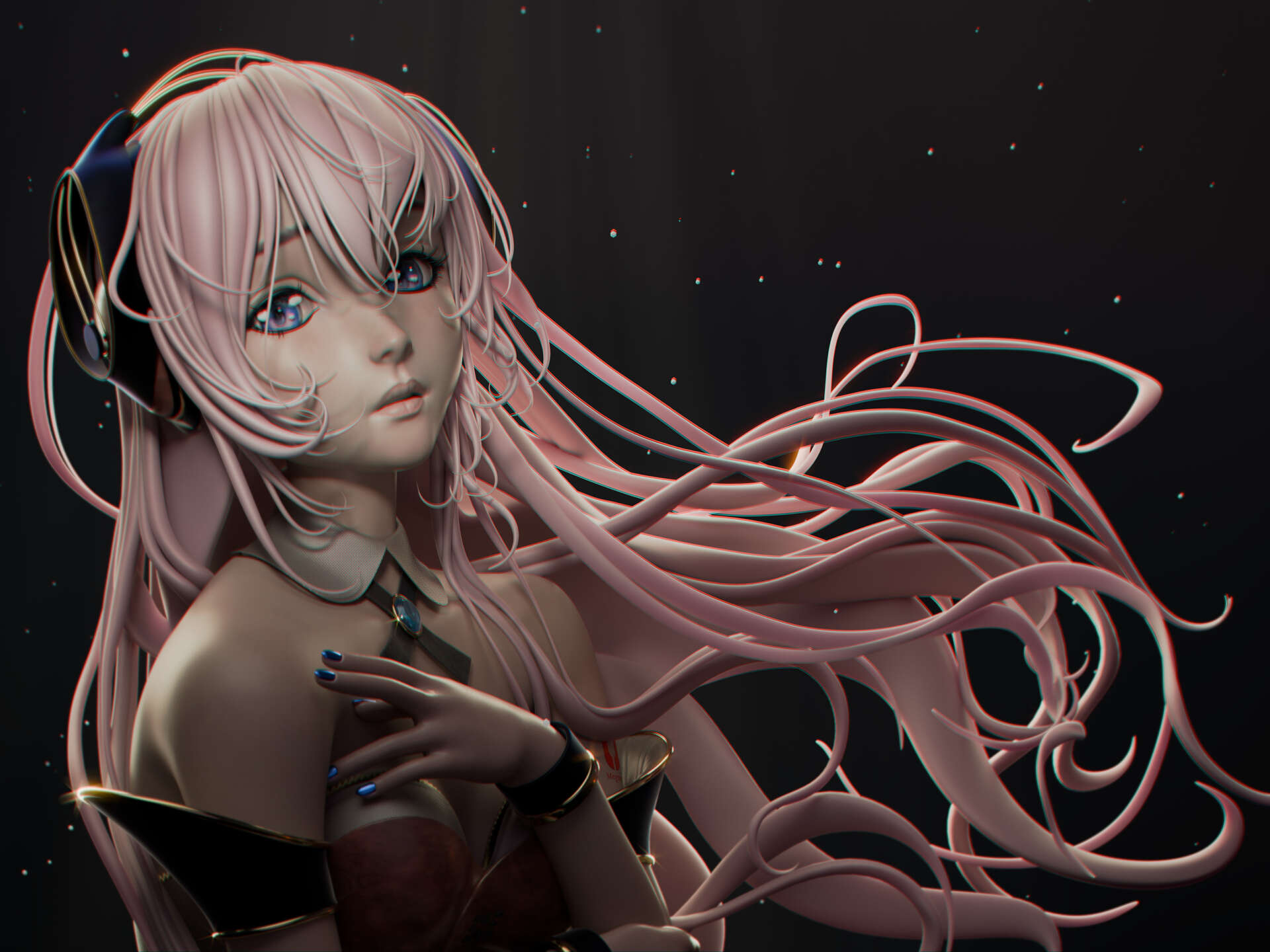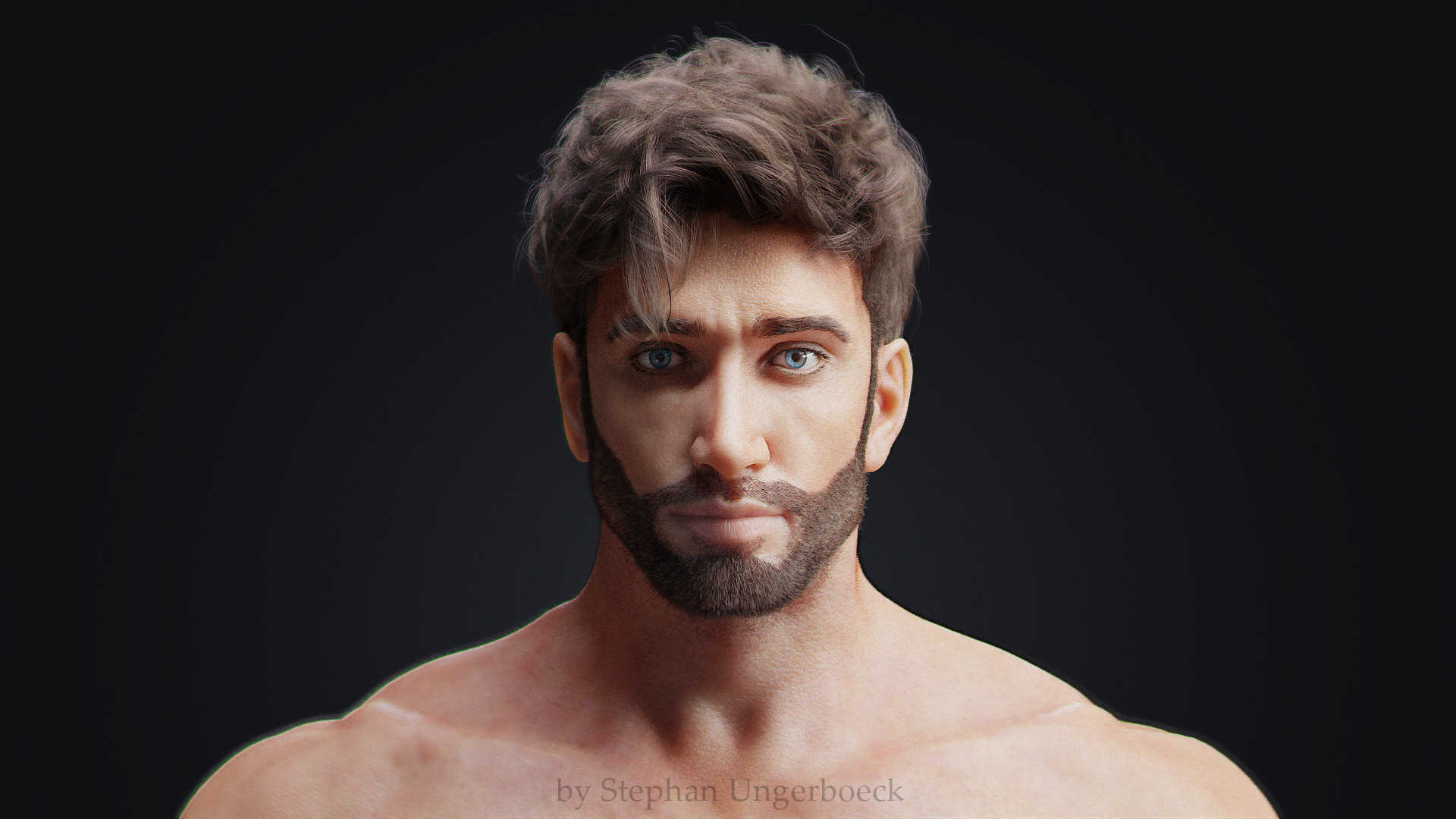We’re excited to introduce you to the always interesting and insightful Stephan Ungerboeck. We hope you’ll enjoy our conversation with Stephan below.
Alright, Stephan thanks for taking the time to share your stories and insights with us today. How did you learn to do what you do? Knowing what you know now, what could you have done to speed up your learning process? What skills do you think were most essential? What obstacles stood in the way of learning more?
I am a trained game artist specialized in character art. I was educated at the SAE Institute in Vienna, over the span of a 3.5 years long course. There I learned the basics but when it came to more advanced techniques, I had to find them out on my own. In those cases I wished for a mentor to show me the ropes and explain the ins and outs in detail to me. Due to my resilience, natural curiosity, and willingness to independently explore did I gather a deeper understanding for the matter and became a mentor figure for other students in the process. Some essential skills that I have learned on my journey so far are just do it and trust the process, I noticed that I tend to look for a way out to do something because it seems tedious and get the worst results out of those experiences. However when I just sit down and take the time to do it in the most straightforward ways I usually get better results. Also important is to be open to new ideas and experiences. As artists we grow when we are conversing and exchanging with our peers no matter how much experience someone has. Everyone brings something to the table and has something valuable to teach, therefore is it important to keep a fresh mind and find a valuable perspective on the way.


As always, we appreciate you sharing your insights and we’ve got a few more questions for you, but before we get to all of that can you take a minute to introduce yourself and give our readers some of your back background and context?
I am a 24 years old, character artist from Vienna, Austria. Ever since i was young, i was fascinated with art and video games, especially with Crash Bandicoot and Kingdom Hearts. The opening to Kingdom Hearts was something I watched over and over. The beautiful animations by SquareEnix paired with Simple and Clean by Hikaru Utada just put me under their spell. Since middle school I knew wanted to work in video games but I didn’t find a suitable path. In my last years of High School I got into Vocaloid and became a huge fan of Hatsune Miku. Entering the community I got to know many hobby artists who created content with Miku and other Vocaloids. Many made covers of popular songs with the vocal synth software and created the artworks for their YouTube channel uploads themselves, and some made something that was completely new for me: 3D music videos. The choreographed videos were made using MikuMikuDance (short MMD). MMD is a freeware created by fans of Hatsune Miku and allows the user to create simple 3D animations with a wide range of models which can be simply downloaded from the internet. This was my first glimpse into CGI. After High School I decided I wanted to learn graphic design and become a UI designer for video games. To apply for graphic design school however you need a portfolio, which I didn’t have, so I visited the Foundation Course in St. Pölten. The goal of the Foundation Course was to create a portfolio for an art school. During my second semester in St. Pölten I started learning digital sculpting, which kickstarted my love for the subject, and a friend from the course told me about the Game Art & Animation course at SAE Institute Vienna. After checking out the campus I decided to continue my education there.
After I got my bachelor degree I got a job offer to work with an art consulting company. They help contemporary artists to put on exhibitions and provide assistance for artwork creation. My first job was to recreate the artists Jakob Lena Knebl and Ashley Hans Scheirl for their AR experience “Simulacres et Simulation”. displayed at the Palais de Tokyo in Paris, France.
My services include the creation of production ready models for real-time applications or film, 3D printable figurines, and concept sculpting, I can work in realism or cartoonish styles, with my personal preference being a mix of both. I enjoy to sculpt stylized forms, leaning into anime, with a realistic texture to them.
When working on personal projects I prefer to give my figures a clay like feel and to make them appear substantial and elegant. Big influences for me are the Kingdom Hearts-, and Final Fantasy-series, as well as Hatsune Miku: Project DIVA Future Tone. Further do I mentor students and help them realizing their projects and overseeing the process.
The project I am most proud of is the bust I created in celebration of Hatsune Miku’s 16th Anniversary. My first character was a space-pirate rendition of Miku, which I had to make for as an assignment for university. Comparing the space-pirate to my current output am I very proud of my evolution as an artist. My biggest enjoyment is found sculpting in ZBrush, whether if it’s realism or stylized. I simply revel the feeling when creating something pretty or cool and witnessing how everything comes together.
![]()
Is there mission driving your creative journey?
A driving factor in my motivation is to make people happy with my art. Often when I talk with people, they tend to only define artworks, movies, books, plays, songs, etc. which portray human suffering. as proper art. Making someone sad is pretty easy in my experience. But making someone happy? Making someone feel better? Taking their mind off their worries for once? That is pretty hard, and we tend to forget that life is also about the good times. My goal in most creative pursuits is to make people pause in their track and smile for a bit.


Looking back, are there any resources you wish you knew about earlier in your creative journey?
One of the resources I wish I knew about earlier is Outgang. Outgang is a learning platform initiated by veteran character artist Laura Gallagher. On her site Laura teaches key problem-solving skills and critical reflection artists may need to solve creative challenges. Her focus on production ready techniques and anatomy of the human figure, became one of my most vital resources and solved most of my questions I had remaining after my education at SAE. Laura’s pre-recorded videos teach a wide variety of subjects with the center topics being how to create a realistic human face and and realistic garments. More importantly for me were that she teaches how to properly construct a video game character. Laura always provides fitting examples to demonstrate her points and often breaks down models from video games to show how problems were solved.
Contact Info:
- Website: https://steph_unger.artstation.com/
- Instagram: azuregraffiti


